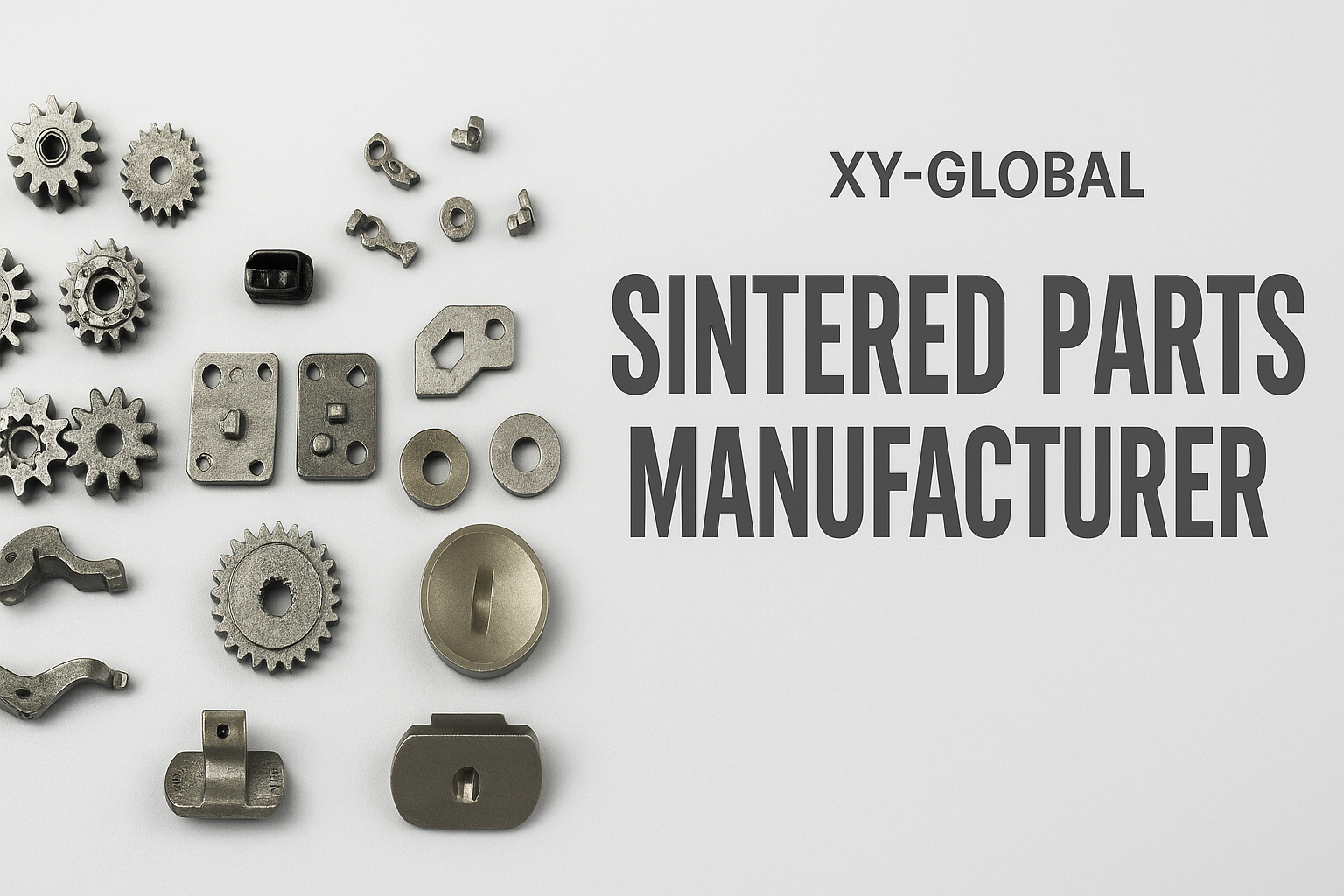Micromachining services refer to a precision manufacturing technology for extremely small parts and products. It uses mechanical micro tools with geometrically defined cutting edges to manufacture very small parts, usually in the micron range. Applications of micromachining include electronic tools, medical parts, components, energy drive motors, fluid circuits, particle filters, etc.

Micro-precision machining methods will turn various materials such as advanced silicon wafers, ceramics, stainless steel, aluminum, titanium, copper/brass, engineering grade plastics (polycarbonate, polyimide, nylon, etc., such as Torlon®, Vespel® and Peek, Lexan), ferrous metals and non-ferrous metals into specific and microscopic small parts.
The latest audio-visual equipment, smartphones and computers are just a few examples of machines that require micro components. Part sizes and working components are constantly shrinking to obtain better performance and higher efficiency, and give end users a smoother experience.
Advances in tool and mold, pharmaceutical, food manufacturing, oil and gas, as well as medical, fiber optics, aircraft, and satellite industries require micromachining companies around the world to improve their precision capabilities.
Characteristics of Micromachining

Precision: machining accuracy ranges from 10 microns to 1000 microns.
Methods: including cutting, drilling, milling, engraving, polishing, etching, marking, etc.
Material: can process a variety of materials, such as advanced silicon wafers, ceramics, stainless steel, aluminum, titanium, copper/brass, engineering-grade plastics (such as polycarbonate, polyimide, nylon, etc.), ferrous metals and non-ferrous metals, etc.
Benefits of Micromachining:

Dimensional consistency: manufacturing products one by one, helping to establish dimensional consistency between parts and components.
Efficient production: reduced to one thousandth of a millimeter components, improve production efficiency.
Quality and surface finish: get predictable and controllable turnaround time and high-quality surface finish.
Save time and money: save companies time and money through micro-precision machining.
Some examples of the micro-precision machined components we use most often:
Plungers and probes for electrical test equipmentContacts, washers and pins in electrical switches, relays and voltage regulatorsElectronic connectors, contacts and pins for electronic equipmentArc detectors, TCU and AFCFerrite-based microwave components such as circulators, insulators and loadsPassive high-performance microwave components and subsystemsHinge pins, brackets, respiratory monitoring equipment components, ventricular assist device heart pumps, etc. in the medical industry.
Micro gears for the ophthalmic industryThin film circuits on ceramic substratesAcoustic nozzles with precision venturis for flow measurementMicro parts for nuclear weapon timing devicesGaskets and bushings in the optical field, accessories for electron microscopesFiber optic components including MEMs, such as collimatorsOptical switch componentsMicrowave ferrites (ceramics) Impellers for VADs, etc.
In micromachining, micro-processing methods and materials will make more fantastic ideas become reality.













Share:
Processing Technology of Advanced Ceramics After Molding
Analysis of Sintered Cemented Carbide Waste and Causes